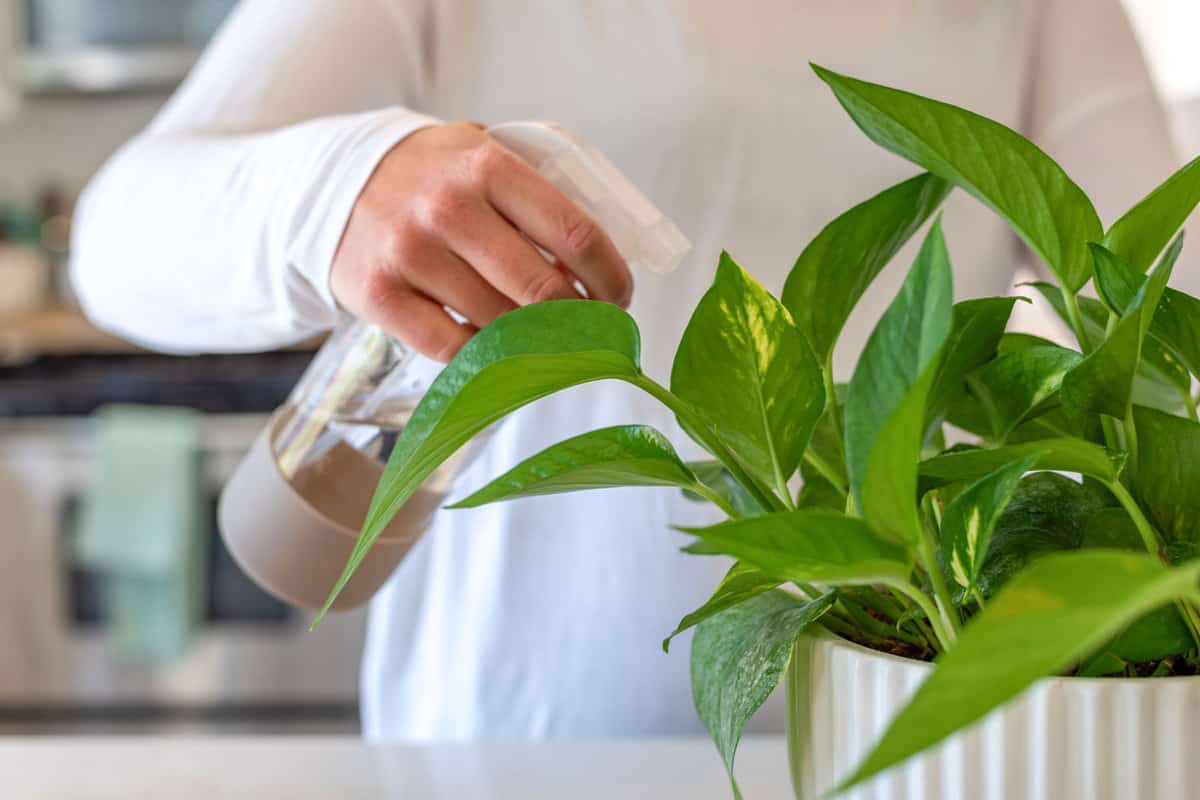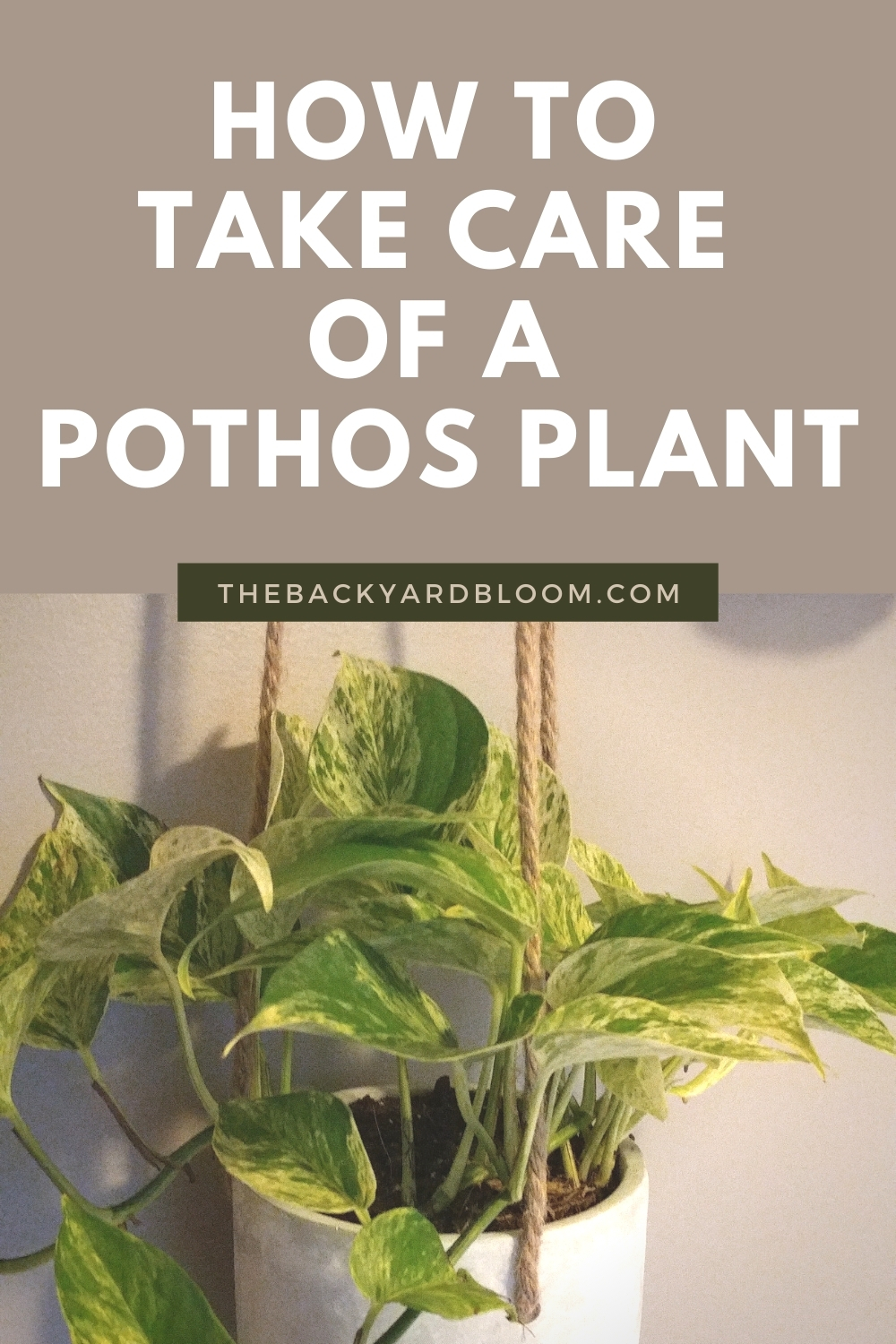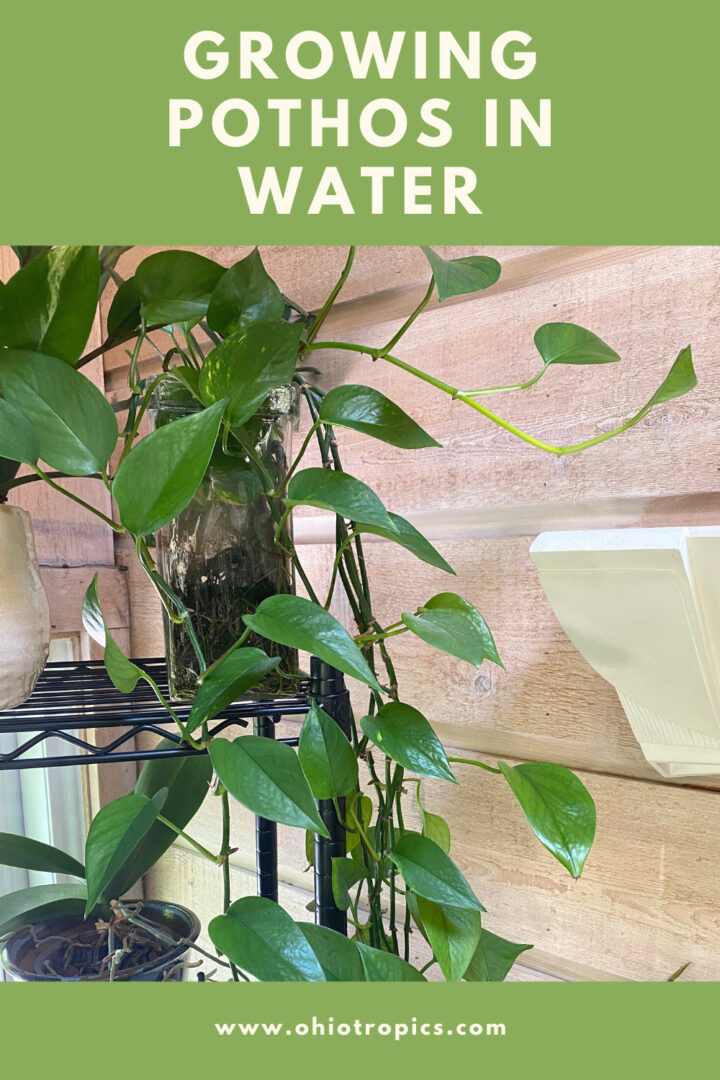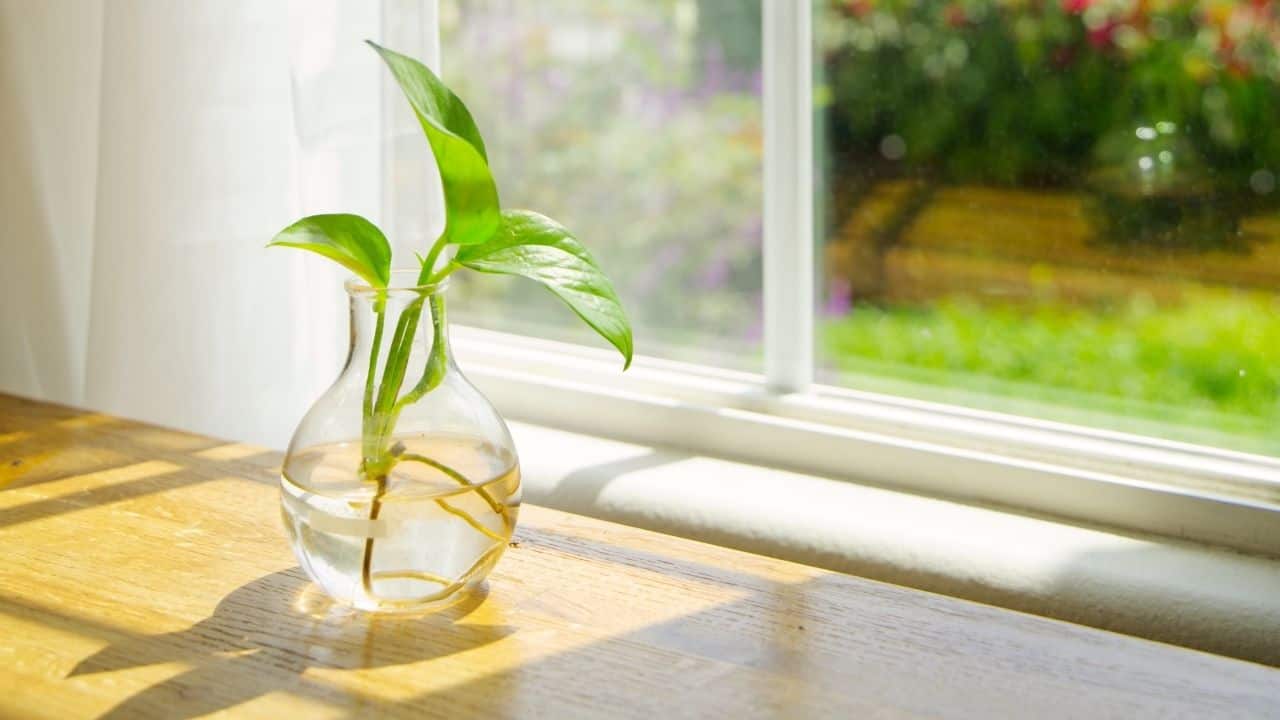Thriving in Hydric Environments: Can Pothos Plants Live in Water?
Pothos plants have long been a popular choice for indoor gardens due to their adaptability and low-maintenance requirements. One of the most intriguing aspects of these plants is their ability to thrive in water. But how long can Pothos live in water, and what are the benefits of this unique growing method? In this article, we’ll delve into the world of water-grown Pothos and explore the advantages of this innovative approach.
Water-grown Pothos plants offer several benefits, including reduced mess and increased humidity. Unlike soil-grown plants, which can be prone to spills and messes, water-grown Pothos plants are self-contained and easy to maintain. Additionally, the water environment helps to maintain a humid microclimate around the plant, promoting healthy growth and development.
But what makes Pothos plants so well-suited to life in water? The answer lies in their unique anatomy. Pothos plants have a specialized root system that allows them to absorb nutrients and oxygen from the water, making them ideal for aquatic environments. Their leaves and stems are also adapted to thrive in low-light conditions, making them perfect for indoor spaces with limited natural light.
By understanding the unique needs and characteristics of Pothos plants, growers can unlock the full potential of these versatile plants. Whether you’re a seasoned gardener or just starting out, water-grown Pothos plants offer a unique and rewarding growing experience. So why not give it a try and discover the benefits of growing Pothos in water for yourself?
Understanding Pothos Plant Anatomy and Water Requirements
To successfully grow Pothos plants in water, it’s essential to understand their unique anatomy and how it affects their ability to thrive in aquatic environments. Pothos plants have a specialized root system that allows them to absorb nutrients and oxygen from the water. Their roots are adapted to grow in low-light conditions and can absorb moisture and nutrients from the surrounding water.
The leaves of Pothos plants are also adapted to thrive in water. They have a waxy coating that helps to prevent water loss and maintain humidity around the plant. The leaves are also able to absorb moisture and nutrients from the air, making them well-suited to life in water.
The stems of Pothos plants are long and trailing, allowing them to grow and spread in water. They are also able to absorb moisture and nutrients from the surrounding water, making them an essential part of the plant’s anatomy.
When growing Pothos plants in water, it’s essential to choose the right water conditions. The ideal water temperature for Pothos plants is between 65-75°F (18-24°C), and the pH level should be between 6.1-6.5. The water should also be well-oxygenated and free of contaminants.
By understanding the unique anatomy of Pothos plants and their water requirements, growers can provide the best possible conditions for their plants to thrive. This includes using a well-oxygenated water source, maintaining the ideal temperature and pH levels, and providing regular maintenance and monitoring.
With proper care and attention, Pothos plants can thrive in water and provide a beautiful and low-maintenance addition to any indoor space. By understanding their unique anatomy and water requirements, growers can unlock the full potential of these versatile plants and enjoy their many benefits.
How to Propagate Pothos Plants in Water for Optimal Growth
Propagating Pothos plants in water is a simple and effective way to create new plants and share them with friends and family. To propagate Pothos plants in water, you will need a healthy Pothos plant, a clean glass or plastic container, and fresh water.
Step 1: Select Healthy Cuttings
Choose a healthy Pothos plant with long, trailing stems and plenty of leaves. Cut a 4-6 inch stem section from the mother plant, just below a node (where a leaf meets the stem). Remove any lower leaves that will be submerged in water, leaving only the top two or three leaves.
Step 2: Prepare the Water
Fill the container with fresh, lukewarm water. Add a few drops of liquid fertilizer to the water to promote healthy root growth.
Step 3: Place the Cutting in Water
Submerge the cut end of the stem in the water, making sure that the node is fully covered. Place the container in a bright, indirectly lit area, but not in direct sunlight.
Step 4: Monitor for Root Development
Check the cutting daily for signs of root development, such as white roots growing from the node. Change the water every 1-2 weeks to prevent bacterial growth and maintain water quality.
Step 5: Transplant to a New Container
Once the roots have developed and the plant is growing well, you can transplant it to a new container with fresh water. Continue to monitor the plant’s growth and adjust the water conditions as needed.
By following these simple steps, you can successfully propagate Pothos plants in water and enjoy the many benefits of these versatile plants. With proper care and attention, your water-grown Pothos plant can thrive and provide a beautiful and low-maintenance addition to any indoor space.
The Ideal Water Conditions for Pothos Plants: Temperature, pH, and More
When it comes to growing Pothos plants in water, maintaining the ideal water conditions is crucial for optimal growth and health. In this section, we’ll discuss the optimal temperature, pH, and water quality requirements for Pothos plants in water.
Temperature:
The ideal temperature range for Pothos plants in water is between 65-75°F (18-24°C). Avoid placing the plant in areas with extreme temperatures, such as near heating or cooling vents, fireplaces, or drafty windows.
pH Levels:
The optimal pH range for Pothos plants in water is between 6.1-6.5. If the pH level is too high or too low, it can cause nutrient deficiencies and other problems. Use a pH test kit to monitor the pH level of the water and adjust it as needed.
Water Quality:
Use fresh, lukewarm water for your Pothos plant. Avoid using tap water, which can contain high levels of chlorine and other chemicals that can harm the plant. Instead, use filtered or distilled water to ensure optimal water quality.
Water Hardness:
Pothos plants prefer soft to moderately hard water. Avoid using water that is too hard, as it can cause mineral buildup and other problems.
Monitoring and Adjusting Water Conditions:
Regularly monitor the water conditions and adjust them as needed. Check the pH level, temperature, and water quality regularly to ensure optimal growth and health.
By maintaining the ideal water conditions, you can help your Pothos plant thrive in water. Remember to monitor and adjust the water conditions regularly to ensure optimal growth and health.
Common Challenges and Solutions for Growing Pothos in Water
While growing Pothos in water can be a rewarding experience, there are some common challenges that may arise. In this section, we’ll discuss some of the most common problems and provide solutions and preventative measures to ensure a healthy and thriving plant.
Root Rot:
Root rot is a common problem that can occur when growing Pothos in water. This is usually caused by overwatering or poor water quality. To prevent root rot, make sure to change the water regularly and avoid overwatering. If you notice any signs of root rot, such as soft or mushy roots, remove the affected roots and treat the plant with a fungicide.
Algae Growth:
Algae growth is another common problem that can occur when growing Pothos in water. This is usually caused by too much light or poor water quality. To prevent algae growth, make sure to provide the right amount of light and maintain good water quality. If you notice any signs of algae growth, such as green or slimy growth on the glass or plant, clean the glass and plant thoroughly and adjust the lighting.
Nutrient Deficiencies:
Nutrient deficiencies can occur when growing Pothos in water, especially if the plant is not receiving enough nutrients. To prevent nutrient deficiencies, make sure to use a balanced fertilizer and follow the instructions on the label. If you notice any signs of nutrient deficiencies, such as yellowing leaves or stunted growth, adjust the fertilizer and provide the plant with more nutrients.
Other Common Problems:
Other common problems that may arise when growing Pothos in water include pests, such as spider mites or mealybugs, and diseases, such as leaf spot or root rot. To prevent these problems, make sure to inspect the plant regularly and take action quickly if you notice any signs of pests or diseases.
By being aware of these common challenges and taking preventative measures, you can ensure a healthy and thriving Pothos plant in water. Remember to monitor the plant regularly and take action quickly if you notice any signs of problems.
Comparing Water-Grown Pothos to Soil-Grown Pothos: Which is Better?
When it comes to growing Pothos plants, there are two popular methods: water-grown and soil-grown. Both methods have their advantages and disadvantages, and the best approach for you will depend on your personal preferences and needs.
Water-Grown Pothos:
Water-grown Pothos plants are a popular choice for many growers. They are low-maintenance, easy to care for, and can thrive in a variety of lighting conditions. Water-grown Pothos plants also tend to be more resistant to pests and diseases, and can be propagated easily by cutting and rooting in water.
Soil-Grown Pothos:
Soil-grown Pothos plants, on the other hand, are a more traditional approach to growing Pothos. They require more maintenance than water-grown plants, as they need to be watered and fertilized regularly. However, soil-grown Pothos plants can be more robust and healthy, and can produce more vibrant and colorful leaves.
Comparison of Water-Grown and Soil-Grown Pothos:
So, which is better: water-grown or soil-grown Pothos? The answer depends on your personal preferences and needs. If you want a low-maintenance, easy-to-care-for plant that can thrive in a variety of lighting conditions, water-grown Pothos may be the better choice. However, if you want a more robust and healthy plant with vibrant and colorful leaves, soil-grown Pothos may be the better choice.
Ultimately, the decision between water-grown and soil-grown Pothos comes down to your personal preferences and needs. Both methods have their advantages and disadvantages, and the best approach for you will depend on your specific situation.
Maximizing the Lifespan of Your Water-Grown Pothos Plant
To maximize the lifespan of your water-grown Pothos plant, it’s essential to provide regular maintenance and monitoring. Here are some tips and tricks to help you extend the lifespan of your plant:
Pruning:
Pruning is an essential part of maintaining a healthy water-grown Pothos plant. Prune your plant regularly to encourage new growth, remove dead or dying leaves, and maintain its shape. Use a pair of clean scissors or pruning shears to prune your plant, and make sure to disinfect your tools between cuts.
Fertilizing:
Fertilizing is also crucial for maintaining a healthy water-grown Pothos plant. Use a balanced fertilizer that is specifically designed for aquatic plants, and follow the instructions on the label for application rates and frequency. Avoid over-fertilizing, as this can cause more harm than good.
Repotting:
Repotting is necessary to provide your water-grown Pothos plant with fresh water and nutrients. Repot your plant every 1-2 months, using a clean container and fresh water. Make sure to handle the roots gently and avoid damaging them during the repotting process.
Monitoring:
Monitoring your water-grown Pothos plant regularly is essential to ensure its health and well-being. Check the water level, temperature, and pH regularly, and make adjustments as necessary. Also, inspect your plant regularly for signs of pests, diseases, or nutrient deficiencies, and take action promptly if you notice any issues.
By following these tips and tricks, you can maximize the lifespan of your water-grown Pothos plant and enjoy its beauty and benefits for years to come.
Conclusion: Unlocking the Full Potential of Your Pothos Plant in Water
In conclusion, growing Pothos plants in water can be a rewarding and low-maintenance experience. By understanding the unique needs and requirements of these plants, you can unlock their full potential and enjoy their beauty and benefits for years to come.
Remember, the key to success with water-grown Pothos plants is to provide the right water conditions, including temperature, pH, and water quality. Regular maintenance and monitoring are also crucial to ensure the health and well-being of your plant.
Whether you’re a seasoned gardener or just starting out, growing Pothos plants in water is a great way to add some greenery to your space and enjoy the many benefits of these versatile plants. So why not give it a try and see the amazing results for yourself?
With the right care and attention, your water-grown Pothos plant can thrive and provide a beautiful and low-maintenance addition to any room. And, with a little creativity and experimentation, you can unlock the full potential of these amazing plants and enjoy their beauty and benefits for years to come.








